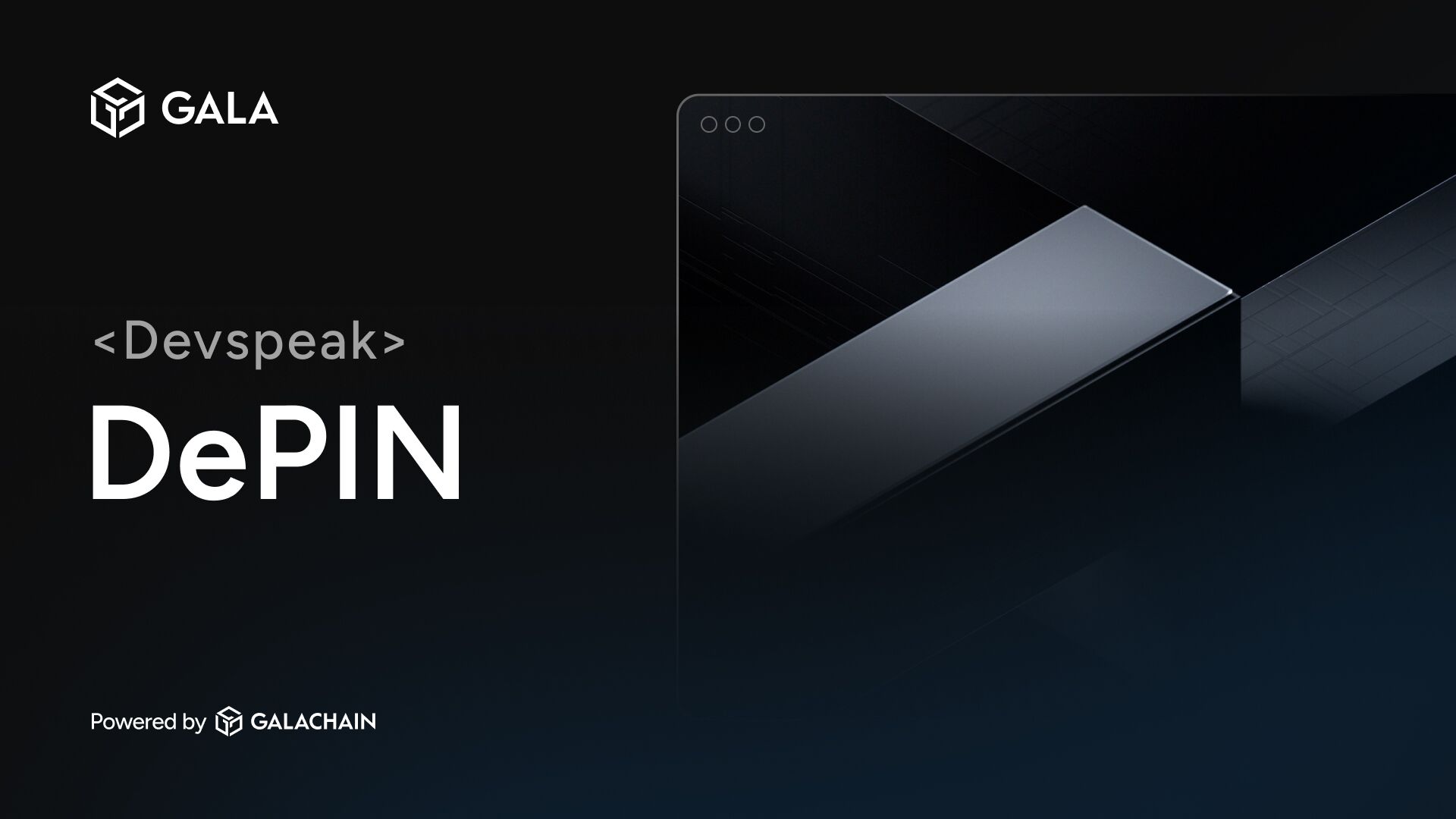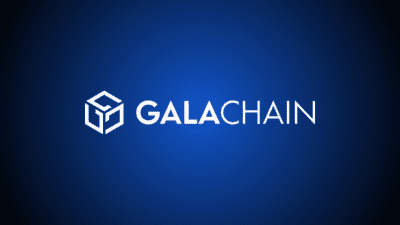Being enthusiastic about the tech world doesn’t necessarily mean that you know EVERYTHING… we get it. DevSpeak, because sometimes the jargon day to day can all start feeling a little bit alphabet soup.
Lately, there’s been a lot of talk about DePIN. An anecdotal and unscientific sampling of coworkers has revealed that it’s likely many of you reading this (also) have no idea what DePIN stands for or means.
DevSpeak is here to save the day! This series is your chance to get just a teeny bit of insight into some techie lingo here and there. Even if you’re not going to single-handedly engineer the next era of tech breakthroughs, hopefully some small window into developer culture gives you a much better understanding of the world as a whole!
DePIN, Defined
DePIN (usually pronounced `Dē-Pǐn), is short for DEcentralized Physical Infrastructure Network. These are systems organized across a physically distributed network – allowing for storage, sharing and other cooperative use of resources without any one entity controlling the system itself.
DePINs share work across a network of computers to accomplish tasks that would otherwise require a physical server infrastructure. Unlike traditional remote networks, these systems allow participating nodes to work together without any centralized organization, while maintaining standards through protocols established on the network itself.
Modern DePINs frequently rely on blockchain technology to ensure that individual nodes in the network play by the rules or do their part. A blockchain naturally creates verifiable accountability for all users of the DePIN, whereas on-chain assets can provide incentives for users to continue supporting the network.
Constant Evolving Technology
If this concept sounds familiar, that’s because it’s exactly what the Gala Node Ecosystem has been doing for years. We’d love to claim credit for the idea of distributed networks, but it goes back way further than us.
Digital resources have been shared remotely by networks for a long time. Remember torrents? Those were utilizing your bandwidth to facilitate downloads… working with other people hosting the same file, you’d each be providing part of the file. This created a network with scalability bound only by its user base.
DePIN evolved fast from those early days. Organizations like IPFS came along and made the world rethink what was possible from decentralized networks. Today, IPFS has created a truly global peer-to-peer network that has become one of the key foundations for the modern internet.
The Gala Node workloads actually operate through IPFS protocols. Each innovation in the chain of progress is required for the next step.
DePIN Review
To summarize: A DePIN is a network of physical devices sharing resources, yet physically separated from each other.
These systems can have governance rules, or simply protocols that mandate incentives and punishments for non-compliance. DePINs are often the basis for blockchain ecosystems, but not always. Sometimes a DePIN is just an off-chain, decentralized system.
Still confused? Let’s try a couple examples.
Imagine you want to host a platform that contains all the best cat videos in the history of the internet, preserved for posterity and human viewing pleasure. You start gathering up cat videos (mostly from your hypothetical cats, Mittens and Meowth), then find yourself buying an awful lot of physical storage. No problem, you can just call that big box hosting service… cats love boxes!
Now you’ve got Tb of cat videos, you want to get them to the world that needs them! But… people REALLY love cat videos. You quickly find your apartment stuffed full of server boxes running your growing platform. Hey wait! Doesn’t the big box corporation also have data servers? Yay! Boxes!
Eventually, you have your cat video empire… but pretty much only by the grace of the big box company. Instead of handing control over the culturally indispensable cat videos and data over, you could have involved a DePIN with sustainable incentives… ensuring your cats aren’t controlled by a dog-loving company.
Hmmm… maybe that was more confusing… let’s try something simpler.
There are miners for Bitcoin all over the world. Those miners all contribute work to the network, which uses that computational power to encrypt the next block. Some Bitcoin miners are massive facilities and some are individuals with a few extra machines. Regardless, each of these individual miners is technically a node in a DePIN.
Bitcoin miners don’t receive a paycheck from a central office. They don’t have to keep up with amending company bylaws or sign contracts… Bitcoin provides incentives to miners who write the last block directly from its inherent protocols. It is a self-sustaining DePIN, with each miner a node.
Hopefully those “practical” examples eliminated some confusion for you!
‘DePIN’ Your Understanding
Unlike some other jargon that we’ll talk about, DePIN isn’t necessarily a complex topic that we need to just brush the surface of. It’s actually pretty simple… a bunch of machines that are not physically together doing work together with no central hub. This one isn’t rocket science… it’s just a new enough idea to not always be intuitive.
This idea is going to continue to grow over the next few years. The idea of DePIN is that no individual controls the network… the network itself makes those decisions. Advancements in AI could help power a new revolution of DePIN and with it true democratization of digital spaces.
DePIN is something that you probably interact with on a daily basis. We hope you not only understand the word a little better from this edition of DevSpeak, but also are a little more aware of the systems around you that are marvels of modern ingenuity.
We’ll see you next time to demystify another tech concept! Enjoy the DePIN world!


